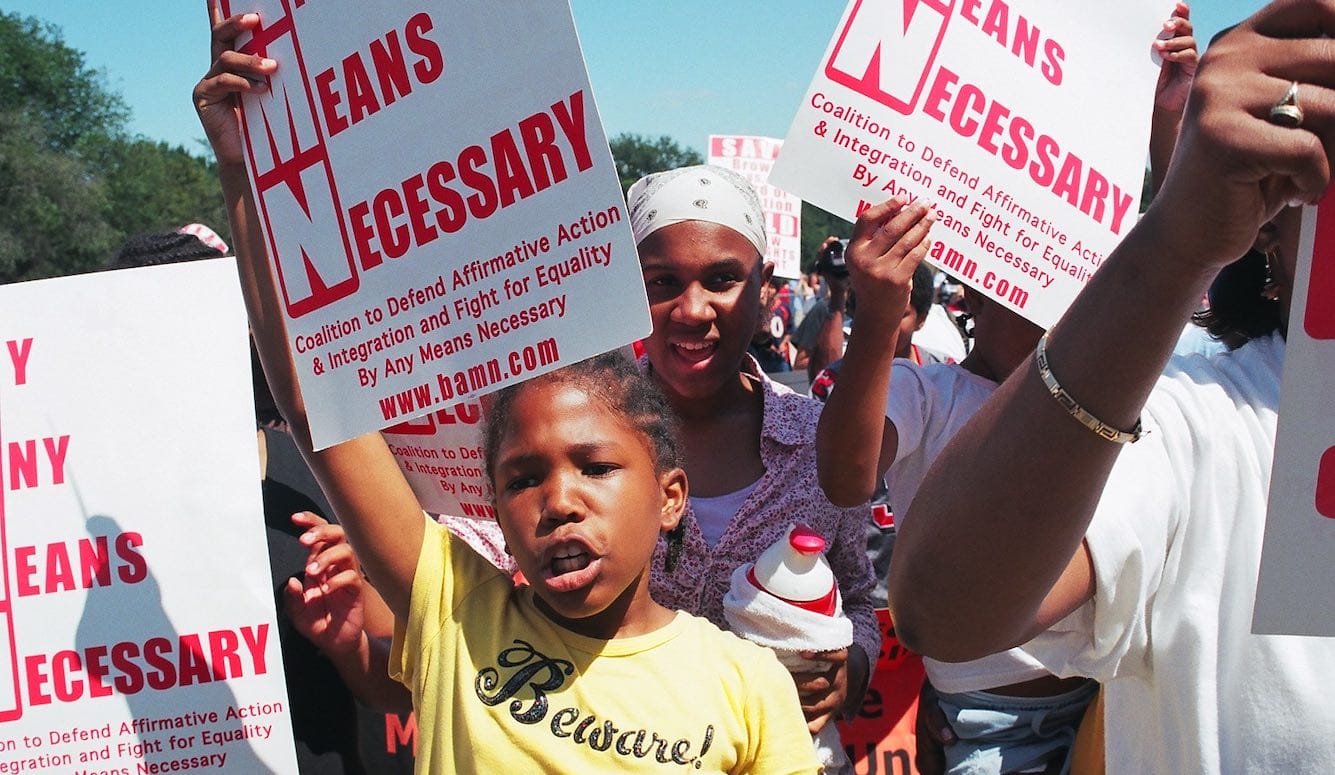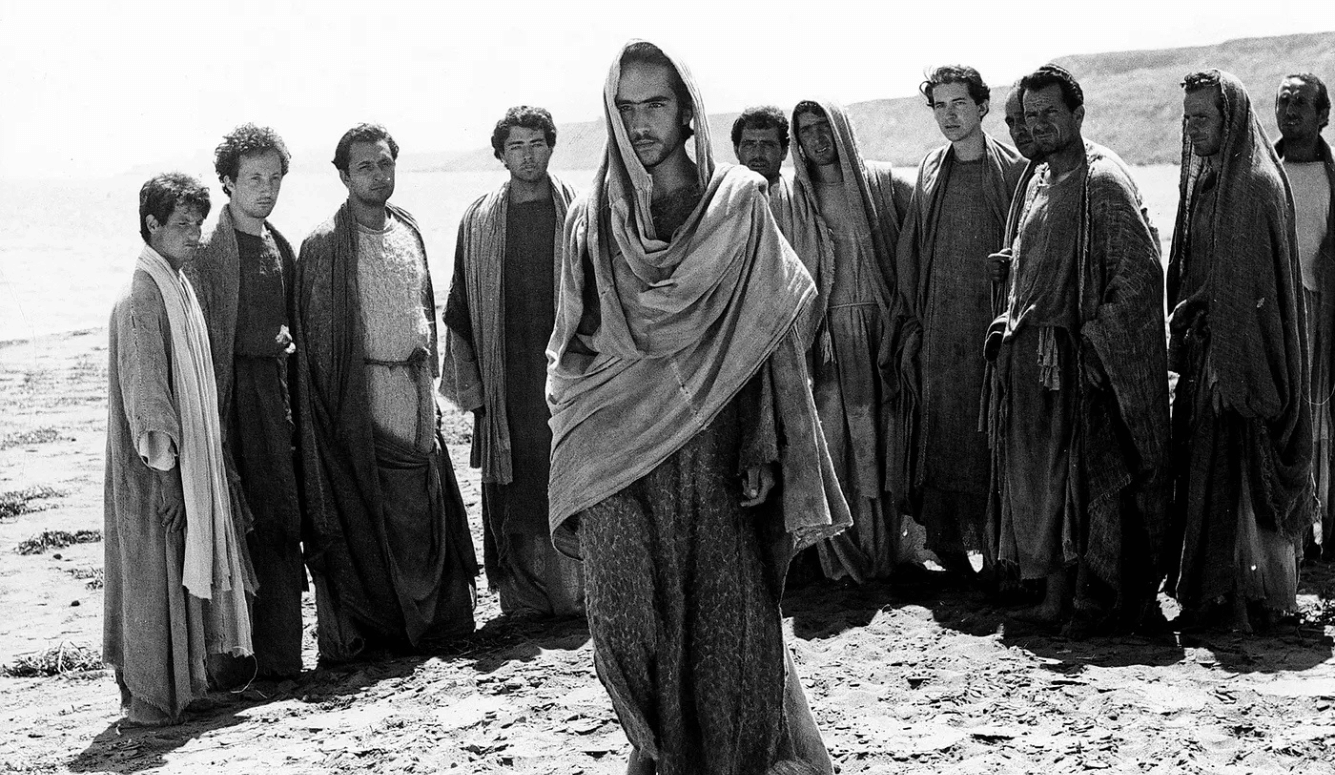Politics
Good Intentions, Bad Outcomes
Those who ignore politically inconvenient information about affirmative action are more interested in defending a narrative than in actually solving a problem.

A review of The Affirmative Action Myth: Why Blacks Don’t Need Racial Preferences to Succeed by Jason L. Riley, 288 pages, Basic Books (May 2025)
Jason L. Riley’s important new book is a welcome contribution to a politically fraught debate. The Affirmative Action Myth: Why Blacks Don’t Need Racial Preferences to Succeed offers a frank reassessment of a controversial policy and asks searching questions about the reasons for its failure. Blacks have become the presumptive avatar of America’s downtrodden and oppressed—they are typically the country’s least successful demographic according to a variety of metrics, from academic achievement to socio-economic status. But as Riley notes in the book’s introduction:
The relevant question is to what extent does past or current racism, in whatever form it takes, explain ongoing racial disparities, and to what extent are racial differences in outcome being driven primarily by other factors that don’t get nearly the amount of attention that racial-bias explanations have received.
Riley maintains that affirmative action has failed to benefit blacks. But as the subtitle of his book indicates, he is not even convinced that it was ever necessary in the first place. It persists today even so, he argues, because its advocates are more interested in defending a narrative than they are in solving a problem.
Riley’s case against affirmative action is broken into five parts: the condition of black America before and after affirmative action; the stigma placed on black students and professionals by racial preferences; the importance of rebuilding the black family as a preemptive alternative to affirmative action; the problem with the case for reparations; and the tactical use of falsehoods to defend what most people now accept is an indefensible policy. The upshot is a work that offers a bracing overview of the distortions still plaguing America’s racial discourse.





